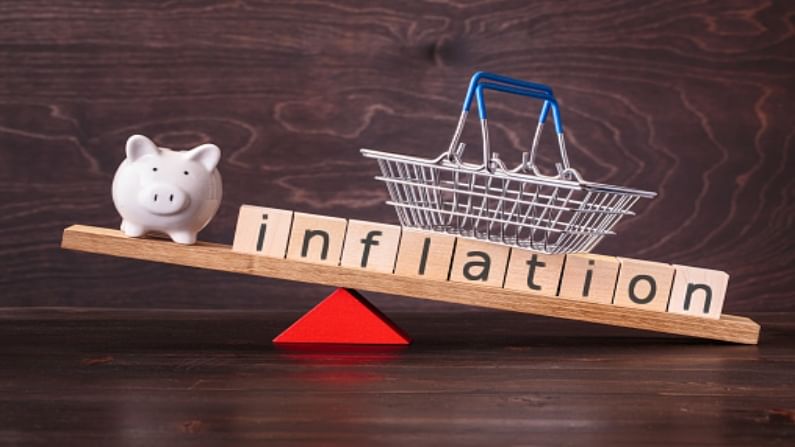Not calculating inflation: Investors generally forget the depreciating value of money in the future while planning for retirement. While calculating your future expenses you must factor in inflation to reach the desired corpus.
The Reserve Bank of India, which has had the unenviable task of battling elevated inflation during the Covid-19 crisis, may have something to cheer about as the country’s retail inflation, measured by the Consumer Price Index (CPI), eased to 5.59% in July.
For May and June, CPI inflation was above the MPC’s target band. Retail inflation was 6.30% in May, as food prices had hardened, and transportation costs rose due to higher petrol and diesel prices and localised lockdowns. Headline retail inflation had cooled slightly to 6.26% in June. Retail inflation has cooled off in July mainly due to softening food prices.
This is the first time in three months that the CPI data has come below the RBI’s upper margin of 6%. CPI data is primarily factored in by the RBI while making its bi-monthly monetary policy
Here’s what experts are saying on how would this be read by the RBI
Aditi Nayar, chief economist, ICRA
This will help in quelling anxiety about the immediacy with which rates need to be hiked. Nevertheless, with inflation expected to remain sticky in the 5-6% range over the next three quarters, it’s increasingly difficult to characterise the pressures as purely transitory in nature. A small disruption could push inflation back above the 6% threshold, which implies that some uneasiness will continue about how soon the MPC may embark on policy normalisation.
We anticipate that the MPC will embark on policy normalisation once domestic demand strengthens and starts dominating inflationary pressures, in place of supply-side issues. We foresee a change in the stance to neutral from accommodative in the February 2022 policy review, followed by a hike in the repo rate of 25 bps each in the April 2022 and June 2022 reviews. Once the lift off starts, we believe that the MPC will stagger rate increases over a period of time, instead of immediately trying to push real interest rates back into the positive territory.
Upasna Bhardwaj, senior economist, Kotak Mahindra Bank
While the prints are expected to remain mostly below 6% until December, inflation could overshoot again in the fourth quarter. With inflation expectations having risen steadily, we expect the MPC to tread more cautiously from the October policy.
The dilemma will likely increase amidst improving growth prospects as vaccination picks up pace. While we do not expect any aggressive policy normalisation given the uncertainty associated with further COVID-19 cases, the RBI’s room to ignore the inflationary risks is increasingly narrowing.
Rupa Rege Nitsure, group chief economist, L&T Financial Holdings
Today’s data points vindicate the RBI’s decision to calibrate the policy normalisation in a gradual fashion. This to a great extent reflects a slowdown in demand due to the COVID-19’s second wave A negative y-o-y growth in consumer non-durable goods despite the favourable statistical base vindicates the claim of demand destruction by the second wave, especially in the rural belts.
Radhika Rao, economist, DBS Bank
July inflation eased to 5.6% y/y, matching our forecast. Core inflation was also slightly lower at 5.9% vs 6.1% in June. Apart from base effects, food inflation moderated on lower perishables and pulses, helped also by administrative changes i.e. import duty cuts.
Looking ahead, there are latent pressure points to keep an eye on, as inflationary expectations firmed up in the latest survey. As states ease restrictions, there is likely to be a shift away from goods to services-led inflation, with firmer demand to also encourage producers to increasingly pass higher input prices.
Published: August 12, 2021, 19:24 IST
